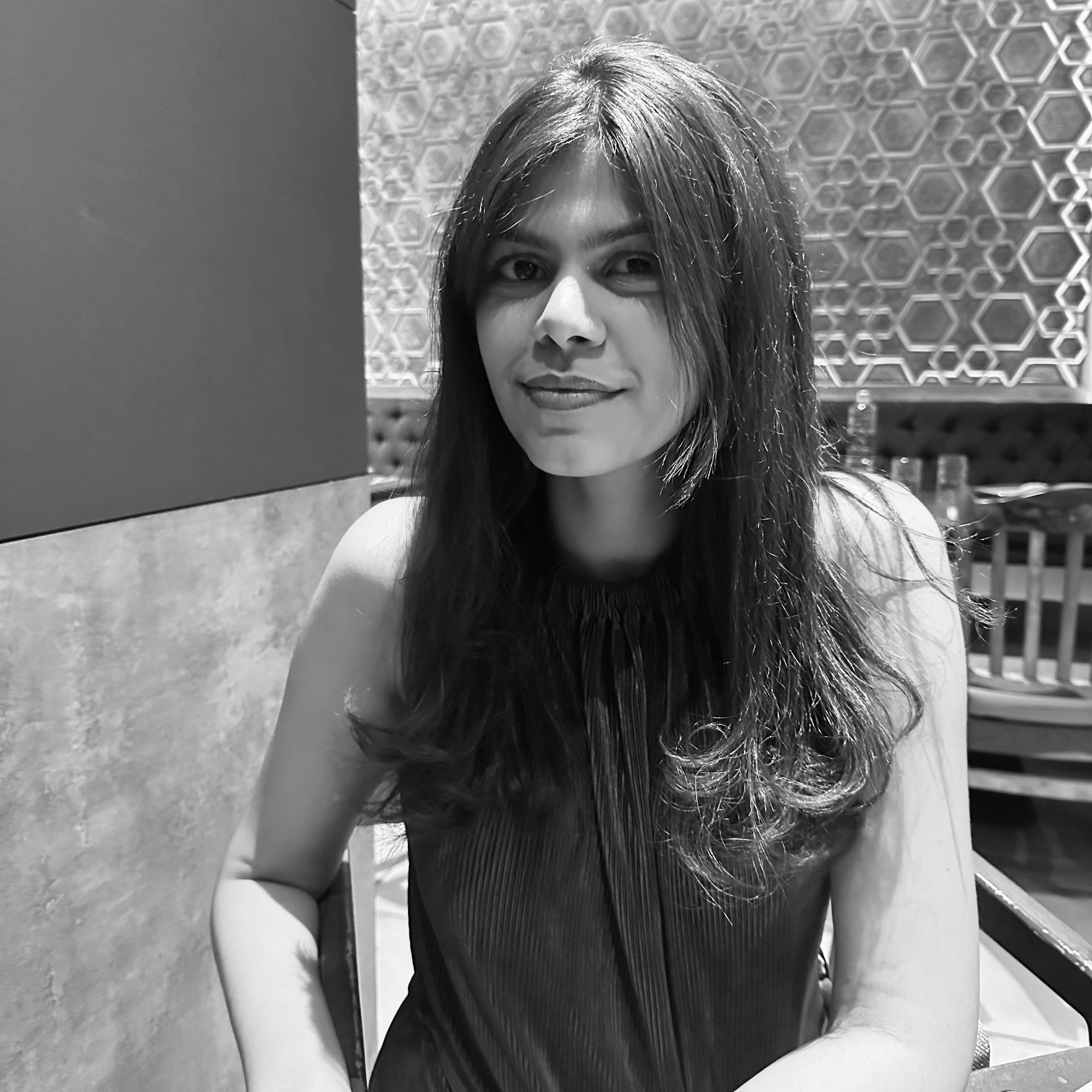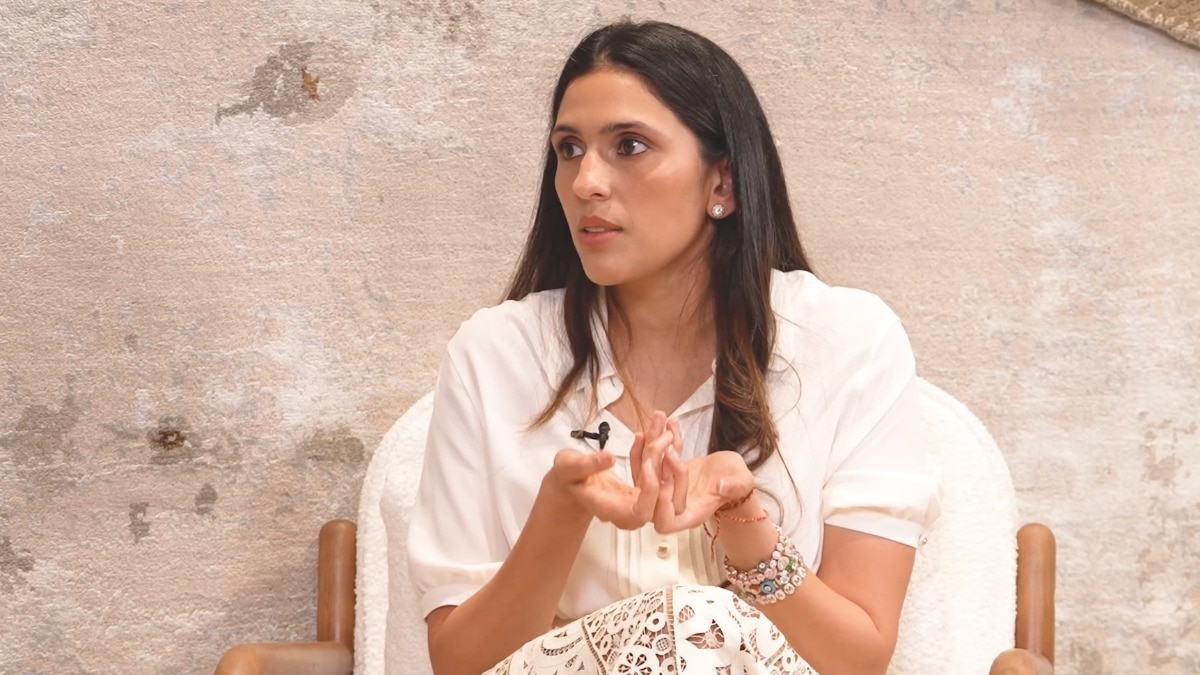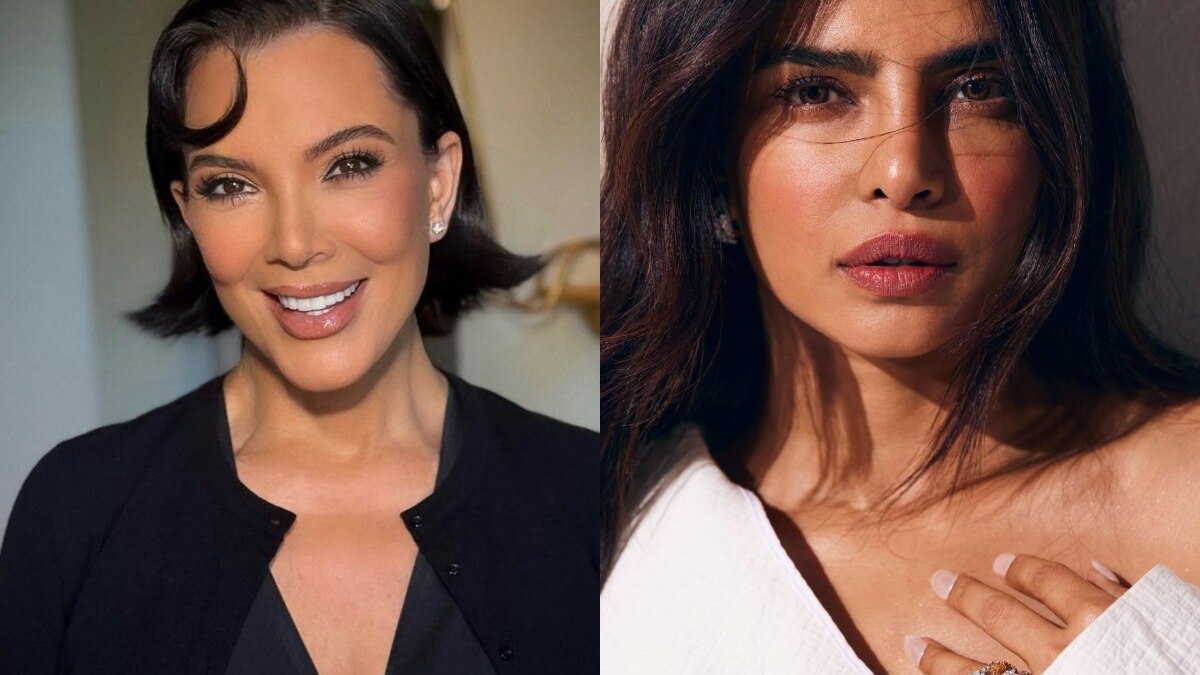- Home
- Lifestyle
You don't need to follow every single trend that goes viral on social media


The saying ‘It's a small world’ was created for the 21st century. With internet availability and easy access to people living miles away, the world has started feeling like a really small space. Especially when we are connected by social media, a moment that may start trending in the UK can come to India in minutes. The TV show Adolescence began trending last month and prompted one of the highest viewerships for a Netflix TV show. Social media and its trends allow us to be part of these viral moments. But can following trends constantly be a good thing?
Everyone’s adoration with Studio Ghibli's stylistic pictures quickly turned concerning when OpenAI’s CEO, Sam Altman, announced that image generation was causing the GPUs to melt. Not only is it a major concern from an environmental point of view, but also for creating art and plagiarism. Hayao Miyazaki’s studio Ghibli is known for its hand-drawn anime that explores the depth of human emotions through their art. Mizaki has expressed his displeasure with using AI in art: “It's an insult to life itself.” There is a line between inspiration and plagiarism, and AI treads closely towards the latter, making this trend an insult to its creator and a danger to artists.
But this has not been the only trend that has gotten out of hand. Remember the infamous ALS Ice Bucket Challenge? What was meant to raise awareness and donations against ALS became a social media sensation, making it an act of slacktivism rather than actually raising any real awareness. Although ALS got a donation of a whopping 220 million dollars, the trend promoted a waste of water. UN reports suggest that 1 million people die due to waste of water each year and that's a number bigger than deaths caused by ASL.
Fashion trends often leads to mass production due to their fast-changing nature. This has contributed to people preferring fast-fashion brands. It is also responsible for the loss of personal style and a long-lasting sustainable wardrobe. A lot of the fast fashion ends up in landfills and promotes modern-day slavery in its production.
The world of beauty is also in deep trenches, as overconsumption of skincare and beauty products has reached a new scale. Beauty trends such as slugging, self-injecting fillers, and other DIY trends can be harmful if not done with proper care or with caution for one's skin type. Wellness trends, especially something like Ozempic, can be detrimental to both; our physical and mental health, promoting negative self-image and body dysmorphia. Many fashion and beauty trends are also borderline cultural appropriation and often don’t last long; such as the mob-wife trend and the clean-girl aesthetic from the last few years.
Following trends makes us feel like we're a part of something larger than us. "From an evolutionary perspective, a sense of belonging is of the utmost importance to human beings; trends provide us with that,” explains Dr Arti Shroff, a clinical psychologist who deals with anxiety disorders. “Not following a very popular trend can trigger fear of missing out, aka FOMO, in people, which is an anxiety-inducing state for most.”
Another downside of following trends constantly is the loss of individuality and risk to one's unique personality. Most trends followed by us lose momentum in a couple of weeks, leading to unnecessary purchases and waste of resources. “A strong sense of discernment is the key to avoid this,” advises Dr Shroff.
It doesn't mean not following trends at all; it just means choosing the ones that align better so you can leave the rest for others. This, in turn, can strengthen a strong sense of self and help you avoid the constant need for validation that arises due to use of social media.



